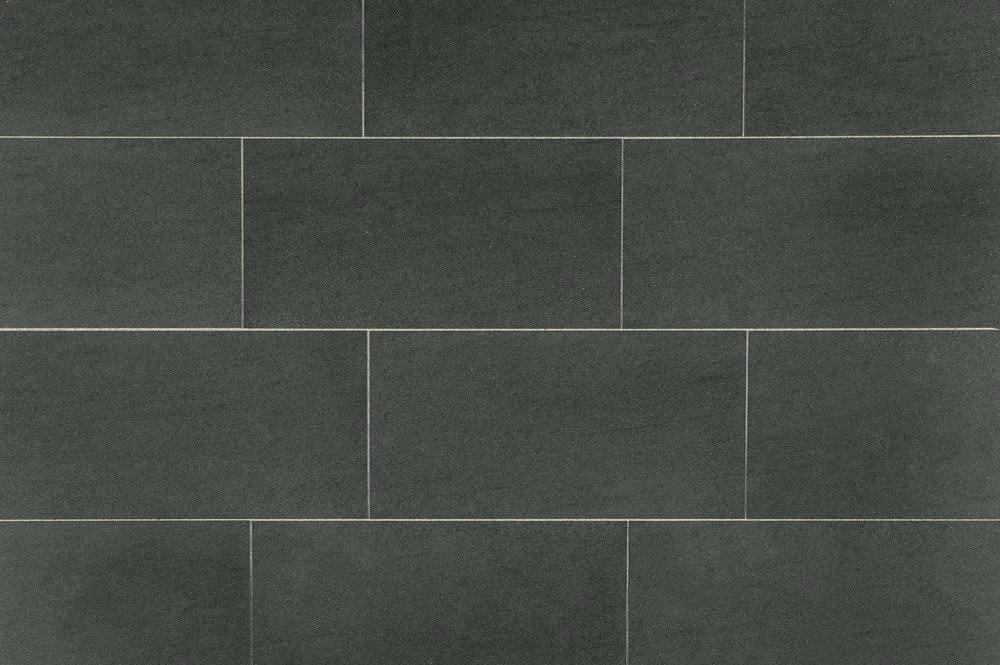If you are a professional, you would usually be expected to know the meaning and implication of the different terms you use. But there are a large number of laymen who do not know the true meaning of terms. Let us take the example of construction in general, or tile work in particular. Grout and caulk are two terms used in relation to tile work. They refer to two different things, but they are often used interchangeably. Grout is used to fill the gaps between two adjacent tiles. SpectraLOCK PRO Premium Grout, acrylic grout, Laticrete ready to use grout, and urethane grout are some of the common types of grout in use. Caulk, on the other hand, is used to seal joints against leakage in different structures and piping. Caulking is usually done to close up gaps in various structures to prevent the entry of insects, dust, air, or water.
Role of grouting and sealing for tiles
Let us look at tile work in a little more detail. Contractors use both grout as well as sealants while they are laying tiles. If they are both used, it is evident that they are both different procedures, and need different treatment. In case you are into do-it-yourself mode, and wish to do your tiling yourself, then there is a question that is likely to pop up in your mind. You might wonder if you can seal tile and grout at the same time. This is what this blog seeks to address.
The need for sealing tiles
You need to first understand that sealing can (or should) be done for both non-glazed tile and grout. Why is this so? If you haven’t sealed your tile surface at the time of laying, the continuous ingress and passage of water would make the tiles look grimy as time goes by. The tiles might actually get stained as well, in case the water in your area has minerals or iron. If you seal tile and grout, then you get stain delays. It would prevent your grout from getting discoloured quickly. Regular cleaning also becomes much easier.
A few other things to know
Now that we have established that you can indeed seal tile and grout at the same time, it is time to delve a bit deeper. Please keep in mind that all tile and grout do not need sealing, so you need to be aware of what you have. For example, let us talk of glazed tiles. The name is because these tiles have a glassy layer on top, which is called the glaze. It not only covers the tile surface but also fills in the microscopic pores on the tile surface, which are usually the route taken by moisture. Because those pores are covered by the glaze, hence sealing might not be needed when you use this type of tiles. For grout as well, you need to carry out sealing only for cement-based grout. The reason is because this kind of grout continuous to stay porous during its lifetime. Not only moisture, but also dirt, bacteria, and even mildew can get into the scheme of things for such grout if you do not carry out sealing. Finally, the last thing to keep in mind is that sealing can’t be a one-off event, but it is a recurring activity that can keep your tile surfaces looking good for years. Laticrete HYDRO BAN Adhesive & Sealant
A simple guide to applying sealant
You must ensure to clean the tile or grout surface thoroughly before you begin. Start work only after they have dried completely after your cleaning. You might also want to cover up those areas which are not to be sealed. Once all this is done, use a foam brush to apply multiple coats of the sealant. This allows the sealant to reach the tile joints and grout lines easily. After a recommended gap, apply the second coat. Repeat this after every couple of years. Laticrete LATASIL Silicone Caulk & Sealant

